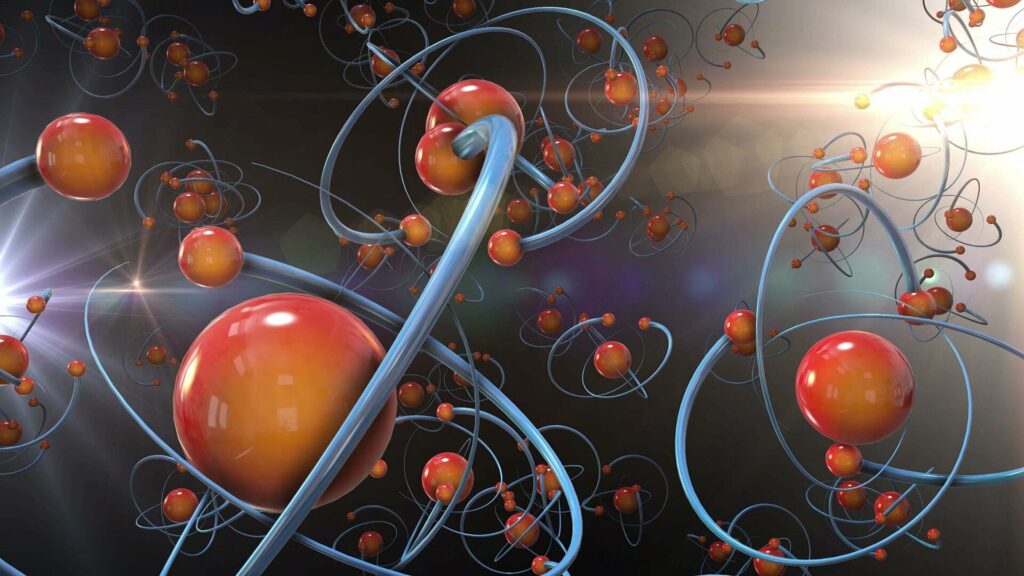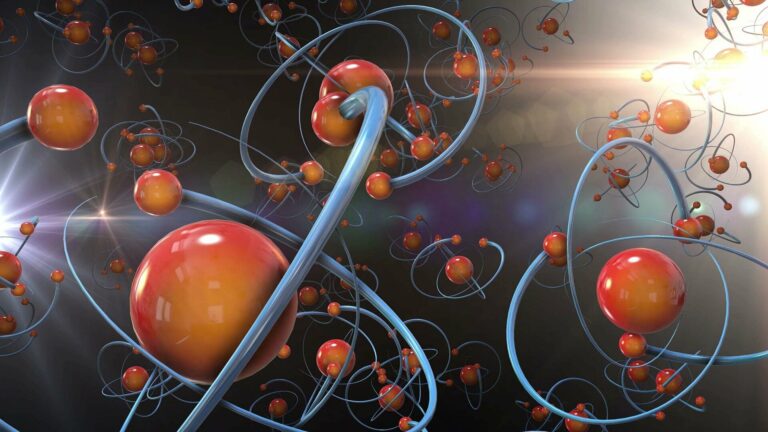Exploring Fresh Moves in the Dance of Energy Conversion.
Electrons and protons engage in a complex and synchronized movement at the core of energy conversion. Chemists from Yale University and Sweden have potentially unraveled the steps to a novel photo-chemical dance, as detailed in their publication in the journal Science. This discovery could offer valuable insights into the natural world’s ability to convert solar energy into fuel, such as in photosynthesis. The knowledge gained from this research may contribute to the development of innovative solar energy technologies and solar cells.
Sharon Hammes-Schiffer, a distinguished professor of Chemistry at Yale, expressed, “Although it is uncommon to uncover a new and fundamental mechanism, this molecular system was poised to unveil such captivating behavior. The success of this work was only made possible through a robust collaboration between theory and experimentation.”Hammes-Schiffer, along with James Mayer, the Charlotte Fitch Roberts Professor of Chemistry at Yale, and Leif Hammarström, a chemistry professor at Uppsala University in Sweden, serves as a co-corresponding author for this study.
Building upon their previous research, the scientists have expanded their understanding by discovering that certain molecules, when exposed to irradiation, exhibit a phenomenon known as the Marcus inverted region (MIR). Surprisingly, in the MIR, the electron transfer reaction slows down as it becomes more energetically favorable. Scientists believe that the MIR effect plays a crucial role in the efficiency of photosynthesis by impeding wasteful energy processes. The earlier research focused on the proton-coupled electron transfer (PCET) reaction and revealed the MIR behavior.
However, the researchers also observed that some of the molecules they studied did not display the MIR effect. This led them to suspect the existence of a separate, previously unknown photo-chemical process. Computation analysis conducted by Hammes-Schiffer’s team suggested the presence of a competing mechanism in which electronic energy transfer and proton transfer are interconnected.

That is indeed the discovery made by the team in the recent study.
In a series of experiments involving photochemistry, the scientists dissolved molecules at extremely low temperatures (-321 F or 77 degrees K) in a specific type of glass that provided isolation for the new mechanism. After exposing the cold molecules to light, the team observed fluorescence associated with the newly discovered mechanism, which they have named proton-coupled energy transfer (PCEnT).
During PCEnT, the energy from photoexcitation in one part of a molecule is transferred to another part within the same molecule. This energy transfer does not involve the transfer of electrons between the two parts; instead, it is linked to the transfer of a proton within the second part. Therefore, this process is not PCET, which involves electron transfer, but rather PCEnT, which involves energy transfer.
“Transfer of electronic energy between molecules or within molecules has been known for a long time and plays a crucial role in various light-driven processes,” stated Mayer. “PCEnT appears to be the first instance of photochemical energy transfer that is connected to the movement of an atom or a nucleus.”
The study’s co-first authors are Zhen Tao from Yale and Belinda Pettersson Rimgard from Uppsala University. Additionally, the research includes contributions from graduate student Laura Cotter from Yale and former Yale postdoctoral fellow Giovanny Parada.
This article is republished from PhysORG under a Creative Commons license. Read the original article.
Do not forget to share your opinion with us to provide you with the best posts !




0 Comments